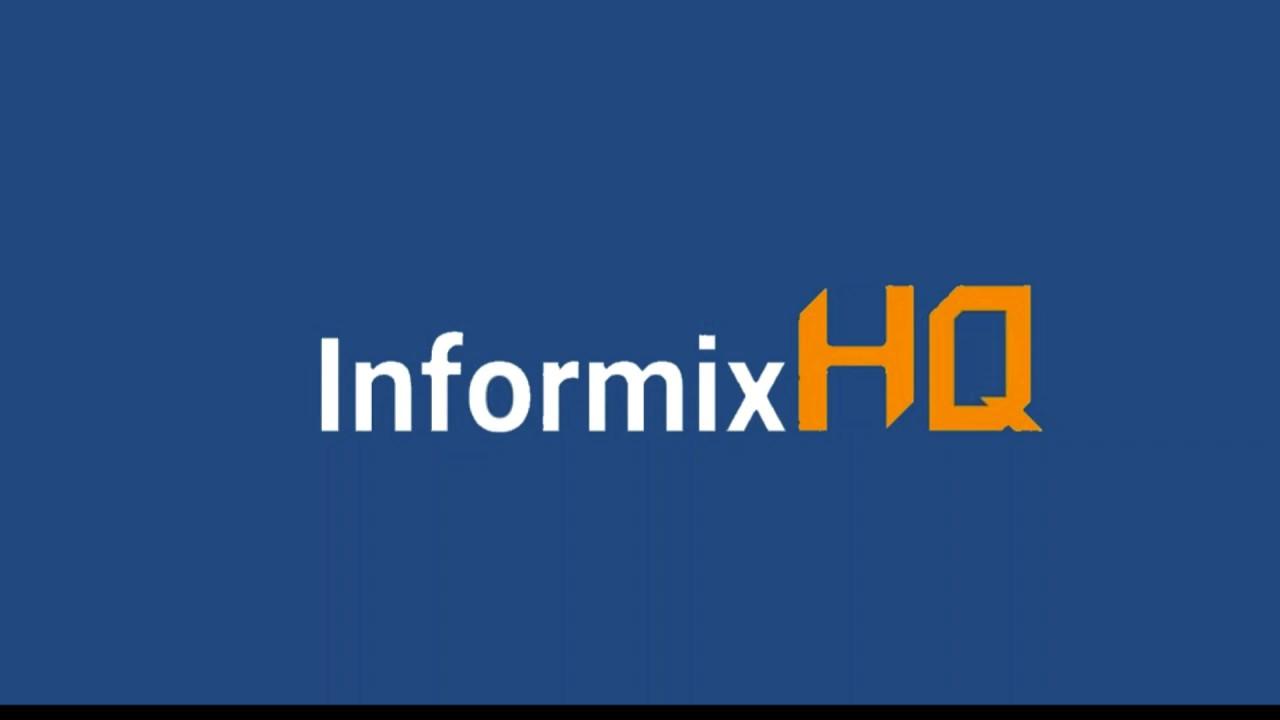Abstract
IBM Informix Dynamic Server (IDS) needs careful handling of data manipulation language (DML) operations affecting millions of rows. If performed in a single SQL statement on a logged database, the database engine must keep each affected row locked until it completes: even if no transaction has been started with
BEGIN WORK, the statement still runs inside an implicit transaction.
Assuming the table has
LOCK MODE set to ROW (the norm for OLTP) rather than PAGE (usually avoided due to concurrency problems), the result is millions of locks, particularly as they are required on each index as well as the table. The documentation for the
LOCKS configuration parameter, which defines the initial size of the lock structure in the resident shared memory segment, states that each requires 100-200 bytes depending on the platform. Should it run out and need to allocate an extension lock structure in virtual shared memory, it may have to add new segments dynamically totalling gigabytes. Unless the Enterprise Edition is in use, this may cause user sessions to be starved of memory or even rejected.
Following a feature request by the author, configuration parameter
SESSION_LIMIT_LOCKS is available from IDS 12.10.xC4 that you can use to prevent an excessive number of locks by any one session, but that will obviously result in the statement being aborted if the limit is reached.
Locks can be avoided entirely by placing an
EXCLUSIVE lock on the table or by temporarily disabling logging on the database or altering the type to
RAW, but this will most likely interfere with other users, break applications, and would invalidate any replication.
There is a second major problem with very large transactions: if so much data is affected that most of the logical log space has been consumed, depending on configuration parameter
LTXHWM, the statement will encounter “Long Transaction Aborted”. It can then take at least as long for the transaction to be rolled back, during which time the instance may be unusable if
LTXEHWM has also been reached.
The right way to avoid this entirely is to split DML statements into smaller transaction affecting only a few thousand rows each at most. The two most common scenarios are when loading fresh data from a file or deleting a large number of rows. These can be safely achieved committing a few thousand rows per transaction with the
dbload tool provided with IDS (see
wrapper script at the end of this article) and the
dbdelete open source ESQL-C program by Art Kagel (see also a
Python version by Andrew Ford). Other scenarios may need to be specifically coded.
Informix stored procedure for mass delete allows millions of rows to be safely deleted in one operation inside any SQL session. This article describes a stored procedure alternative to
dbdelete based on it.
[Read More…]



